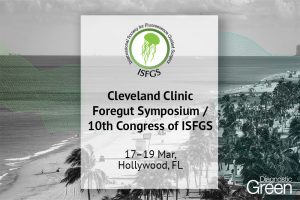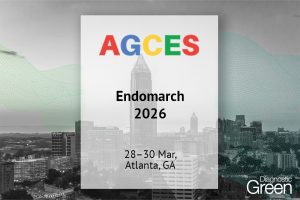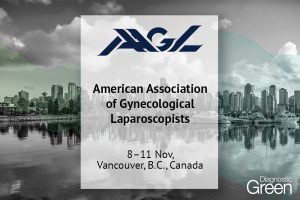The efficacy of indocyanine green (ICG) fluorescence imaging for visualizing hepatic tumors in robot-assisted hepatectomy (RAH) should be validated. This study included 30 consecutive patients with 33 collective tumors who underwent RAH. ICG was administered at a dose of 0.5 mg/kg before surgery. ICG fluorescence imaging was performed intraoperatively. In total, 28 patients with a combined total of 31 tumors underwent ICG fluorescence imaging. Further, 26 (84%) tumors were identified on hepatic surfaces prior to hepatic transection.
The fluorescence signals of eight tumors were detected on hepatic raw surfaces during parenchymal dissection, thereby enabling surgeons to adjust the transection planes to ensure appropriate surgical margins. One patient with intrahepatic cholangiocarcinoma tested positive for cancer cells at the dissected stump of the bile duct. However, in all patients in whom ICG fluorescence imaging was used, negative surgical margins were achieved at the site of the dissected hepatic parenchyma.
On the other hand, one of two patients with ICG contraindications had a positive surgical margin surrounding the dissected hepatic parenchyma. The median operative time and volume of blood loss were 259 (range: 124-594) min and 150 (range: 1-1150) mL, respectively. ICG fluorescence imaging facilitates the easy identification of hepatic tumors, even in RAH. Hence, it can be useful for confirming appropriate surgical margins.




